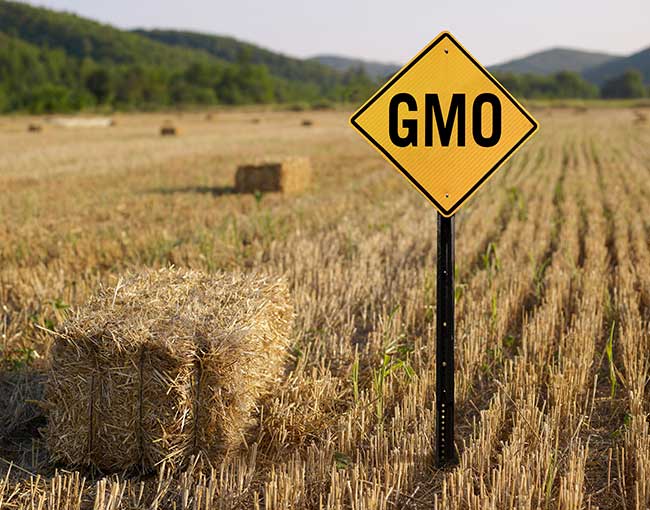On Friday, July 29, the President signed into law a bill amending the Agricultural Marketing Act of 1946 (7 U.S.C. 1621 et seq.), to insert a provision requiring disclosure (i.e., labeling in some manner) of bioengineered foods. The new law, the National Bioengineered Food Disclosure Standard, defines a bioengineered food as containing “genetic material . . . modified through in vitro recombinant deoxyribonucleic acid (DNA) techniques” and “for which the modification could not otherwise be obtained through conventional breeding or found in nature.” The term “food” is as defined in the Federal Food, Drug, and Cosmetic Act (21 U.S.C. 321).
The USDA has two years from enactment to establish a nationwide mandatory disclosure standard for bioengineered foods and the procedures for labeling. This means that the law itself does not define the standard, but instead gives the USDA significant discretion to define and implement the required disclosure.
The law does provide the USDA with some guidance as to the form of the disclosure, which can be made with a label on packaging, a USDA-created symbol, or an electronic or digital link (such as a QR code) selected by the manufacturer. The law provides additional flexibility for small food manufacturers, which also have the option to provide a toll free number listed on packaging and a website URL linking to a page containing the disclosure.
For small or very small packages, the USDA can provide alternative reasonable disclosure options. Food served in a restaurant or similar retail establishment as well as very small food manufacturers are excluded from the disclosure requirements. The law does not define “small food manufacturer,” “small or very small packages,” “very small food manufacturers,” or “similar retail food establishment.” We can presumably expect those terms to be defined in accompanying regulations.
Significantly, the law does not require disclosure of any food derived from an animal solely because the animal’s feed was produced from, or contained, a bioengineered substance. Therefore, for example, beef sold in supermarkets originating from cows fed bioengineered corn would not require disclosure under the law. Moreover, not all foods containing bioengineered substances will need to be labeled; the law gives the USDA authority to determine the amount of a bioengineered substance present in a food in order for the food to qualify as bioengineered. This provision will undoubtedly garner significant attention in the rulemaking process, as the level of presence defined by the USDA will have a significant impact on what foods require disclosure.
Finally, the law expressly preempts all state and local laws (such as Vermont’s) requiring labeling or disclosure of bioengineered foods.



